Most of us humans enjoy the occasional massage, but why is it that so many dogs enjoy, initiate, and even seem to expect pets on a regular basis?
The human-dog bond is an amazing thing, and many of the ways that we show love to our canine companions is through acts of overt physical affection—think head pats, belly rubs, ear scratches, and the like. Not all dogs are keen on such physical displays of fondness, but many are, suggesting that dogs like to be pet just as much as we like to pet them.
So, what’s the basis behind it? Here’s a quick look at why dogs like being pet (and why some dogs don’t), plus tips on how to safely pet a dog that isn’t yours.
Why Dogs Like Being Pet
The reasons dogs like being pet likely come down to the reasons that they like spending so much time with humans in the first place.
Over the 20,000 to 40,000 years or so since dogs first became domesticated, they’ve become pros at communicating with us—and us with them. Unlike lots of other species of animals, dogs seem more than happy to communicate with us on our own terms, accepting things that they might not accept from peers of their own species, such as hugs and sustained direct eye contact.
At the same time, dogs have also formed a chemical bond with us. When we pet, snuggle, or otherwise interact with them, both of us experience a surge in oxytocin, also known as the love hormone.
It’s not all science-based, though. There’s plenty of reason to believe that one of the main reasons dogs like being pet is simply because it feels good, especially when the petting is being done by someone who they love and trust.
Dogs will almost always let you know if they’re not into being pet, either in the moment or at all. So long as you’re only providing pets when your pup is open to them, they’re a great way to be affectionate and strengthen your bond. And if your dog isn’t into it, read the room and save the pets for another time.
Why Some Dogs Don’t Like To Be Pet
Petting is not universally revered by all dogs. Some dogs don’t like being pet based purely on their personality and prefer other forms of social interaction with their humans. Others may be recovering from some sort of trauma and may feel stressed or defensive when a human touches them. It could also be the case that your dog is simply relaxing and isn’t in the mood for pets at a specific moment.
If your dog isn’t prone to pets, don’t take it personally. Our canine companions have plenty of other ways of bonding with us, and some may just need time to get comfortable with the notion of snuggles and scratches.
The best thing you can do is to be on the lookout for signs that your dog isn’t in the mood for pets. These include:
- Moving or leaning their body away from you
- Tucking their tail
- Pinning their ears back
- Continually yawning or licking their lips
- Growling or snapping at you
If your dog (or any dog) exhibits these behaviors when you pet them, it’s time to back off. And if it happens continually with your own dog, it may be worth reaching out to a certified dog behaviorist who can help you figure out if it’s just your dog’s personality or if something else is going on.
How To Safely Pet a Dog That Isn’t Yours
Want to spread the love? In many cases, it’s perfectly fine to pet a dog that isn’t yours—but you’ll want to make sure to follow these general rules to ensure that both pet and pet parent are on board with it.
- Get consent. Consent doesn’t just apply to human-human interactions. Some dogs are fearful of strangers, so ask a dog’s caregiver if pets are permitted before you reach out, and use a dog’s body language to see whether they’re open to it as well.
- Approach from the side. The socially appropriate way for dogs to introduce themselves to each other is by approaching from the side, instead of head on. Use the same logic for your own greeting to convey that you come in peace.
- Let the dog initiate. If it’s a dog who isn’t familiar with you, you’re better of letting them take the lead. Put your hand out, palm facing down, for them to sniff. If you get a lick and/or a wagging tail, you’re probably good to proceed.
- Avoid the top of the head. This is a vulnerable area, and a dog who doesn’t already trust you might not feel safe having you put your hand there. Better options for where to pet a new dog include the back of their neck, their back and hips, and their shoulders.
All dogs are good dogs, but not all dogs are good with pets. By taking it slow and being respectful, you should be able to have plenty of safe, cuddly interactions—which is great news for dogs and for you.




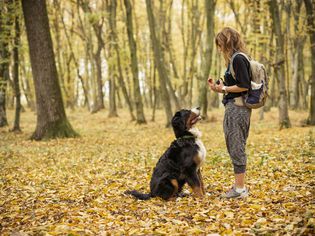
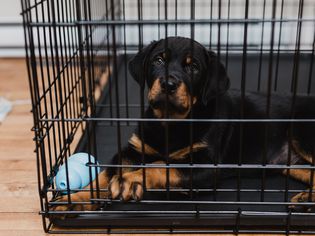
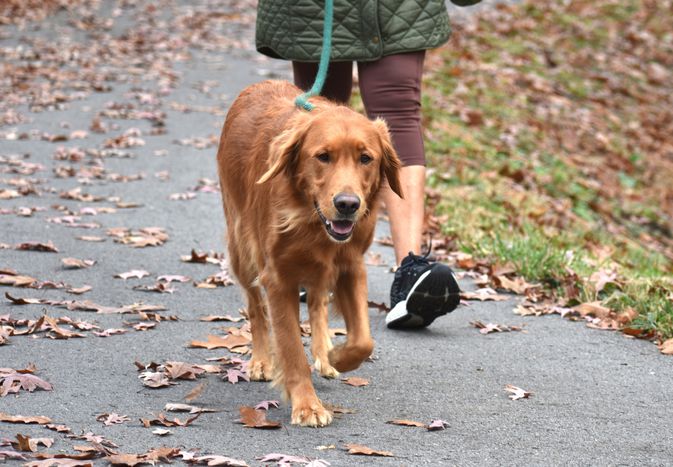
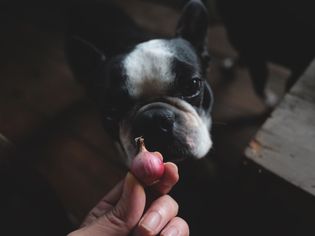
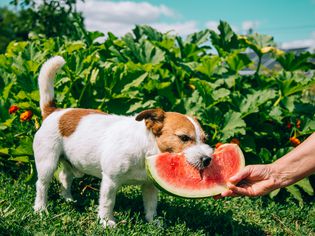

Comments on " Why Dogs Like Being Pet" :